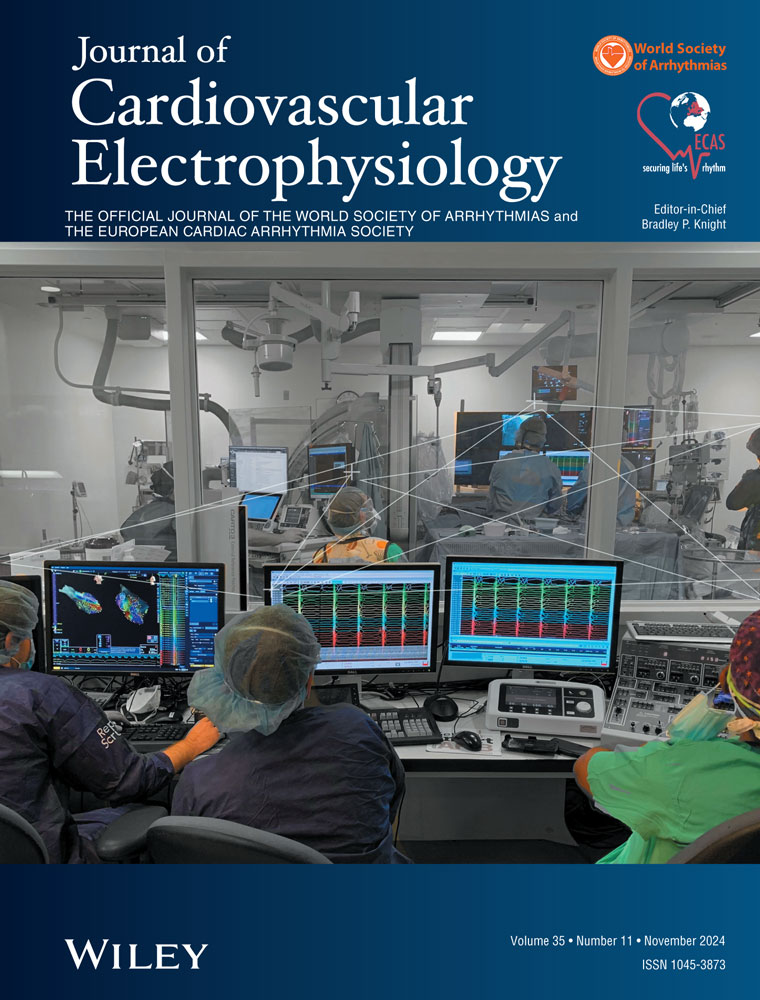Indications and outcomes of elective open chest lead extractions
Disclosures: None.
Abstract
Background
Complications associated with cardiovascular implantable electronic devices may necessitate device and lead removal. An open approach to removal may be electively chosen in cases with high risk of complications or those requiring additional concomitant cardiac surgery. This study aimed to investigate outcomes of patients who underwent elective open lead extractions (OLE) at two large tertiary care centers.
Methods
The records of 29 patients undergoing elective OLE were analyzed through retrospective chart review.
Results
69 total leads were extracted from 29 patients (77% completely, 23% partially). The average age of the oldest leads was 13.3 ± 11.3 years. Infective endocarditis with severe valvular insufficiency requiring valvular intervention (41%)—an infectious etiology, and tricuspid valve intervention to correct RV lead-related severe TR (38%)—a noninfectious etiology, were the most common reasons for OLE. 38% of the patients had additional co-primary or secondary indications for open extraction, such as CABG and pericardiectomies. The rate of major complications and procedural failure was 3% each (1/29). 30-day survival was 100%, and 1-year survival was 92%. The average length of hospital stay was 15 days and higher among those undergoing OLE for infectious indications.
Conclusion
Open lead extractions offered a similar clinical success rate (97%) to transvenous extractions in this cohort and may be a viable alternative for those necessitating valvular intervention or when the risk of complications from TLE is considered very high.
Open Research
DATA AVAILABILITY STATEMENT
The data that support the findings of this study are available from the corresponding author upon reasonable request.




